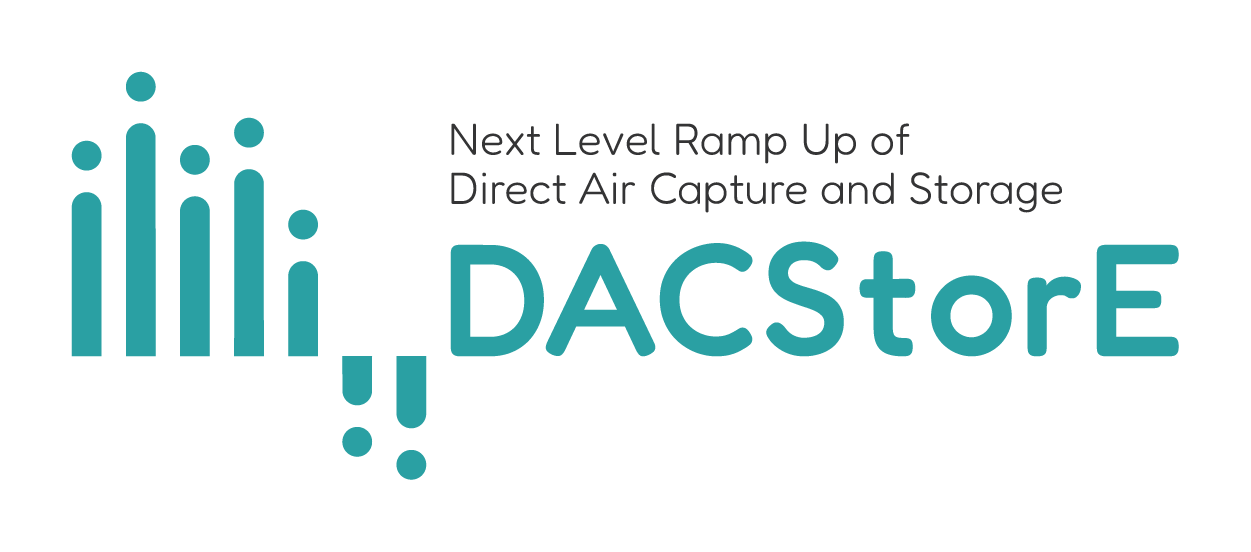Research School Project II - Direct Air Capture for Pupils

Project Members:
Phillip Hahl, Patrick Behr, Aaron Jajjawi
Overview:
The Research School project has identified two key topics to be taught to students. The first focuses on the role of CO₂ in the greenhouse effect, while the second explores its removal through Carbon Dioxide Removal (CDR) technologies. Each topic forms a standalone module, yet they remain interconnected. Both modules are designed to be completed within two school hours each, allowing JuLab and teachers greater flexibility in their teaching schedules.
The first module covers the role of CO₂ in the greenhouse effect. It highlights the abundance of CO₂ in the atmosphere and its current trends, including global CO₂ emissions and the necessary reductions to meet the Paris Climate Agreement. This is then linked to the natural greenhouse effect, emphasizing how CO₂ absorbs infrared radiation emitted from the Earth.
The second module shifts the focus to CDR. It begins with two representative CO₂ adsorption and absorption experiments. The solid sorbent experiment uses Lewatit VP OC 1065, a commercially available adsorbent used in DAC appliances. The liquid sorbent experiment employs potassium hydroxide (KOH). The module concludes with an assessment of CO₂ removal potential and the demand for CDR, thereby linking back to the first module. Finally, these results are compared with CO₂ capture rates from conventional forests.
Goals:
The aim of the Research School project “Direct Air Capture for Pupils” is to introduce students to the concept of Carbon Dioxide Removal (CDR) technologies, with a special focus on Direct Air Capture (DAC).
To achieve this, the team is developing a German-language educational manuscript that provides accessible theoretical background and complements it with hands-on experiments. The material is primarily targeted at students in grade 8 and above, with simplified versions planned for younger learners.
The project is being carried out in close collaboration with the JuLab, the student laboratory at Forschungszentrum Jülich, to ensure age-appropriate scientific engagement and practical implementation.








